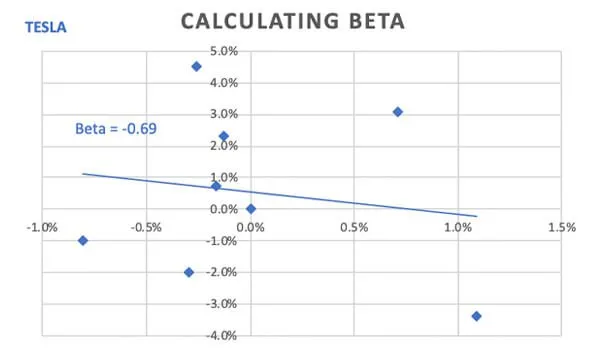Dollar cost averaging is a type of investment strategy where investors divide the total amount they have to invest across periodic purchases of a target asset to help reduce the impact of volatility. As a strategy, dollar cost averaging removes the complexity of trying to time the market to get the best prices.
With this strategy, the purchase occurs at regular planned intervals regardless of the asset’s price rather than one large purchase, which if badly timed could be more exposed to market volatility.
#How Dollar Cost Averaging Works
Often associated with passive investing strategies, dollar cost averaging can be applied to all types of securities but is often commonly used with mutual funds, index funds and exchange-traded funds (ETFs).
It works as a way for investors to build savings and wealth over a long period of time and as a way to mitigate short-term volatility in the broad market. Investors will devise a schedule of regular investments in a chosen asset, whatever the price.
For example, an investor may choose to invest $300 every month in a chosen asset or fund. The share price each month will likely rise and fall, meaning shares will be purchased at different prices rather than one fixed price if the investment was made in one go.
Of course, this means many people engage in this investment tactic without even knowing the name 'dollar cost averaging'. That's because many savers opt to put away fixed amounts into their savings or pension accounts on a weekly or monthly basis, simply because of the convenience of regular automatic payments.
Spreading out investments, even if the price has increased, can help create an average share price that better protects against market volatility. Whereas if they purchased all the assets in one go they would likely be more impacted by price falls.

One of the biggest benefits of dollar cost averaging is that it reduces the time it takes to manage a portfolio and also prevents you from making investment decisions out of fear or panic, such as selling low or buying high.
#Advantages of Dollar Cost Averaging
The advantages of dollar cost averaging include:
Removes Emotional Decisions
Using the dollar cost averaging strategy helps investors to invest without the emotional element of decision making. Regardless of how the price swings the investments will happen to the schedule. Instead of selling when the price falls investors see this as an opportunity to buy more shares at a lower cost.
Spreads Risk
Although the same amount of money will be invested over a defined period of time, investing in this way can help spread the risk an investor may be exposed to. If an investor invested a large lump sum shortly before a big market downtime, their losses would be greater than if they had split their investment and bought a percentage of their shares at a lower price.
As such, the strategy is more palatable for investors who lack an appetite for risk.
#Disadvantages of Dollar Cost Averaging
The disadvantages of dollar cost averaging include:
Limiting Returns
Some investors consider one of the downsides of dollar cost averaging to be that the returns may not be as good. If a large lump sum is invested earlier it will provide a better return in the long run as a result of the markets tendency to rise.
Cannot Protect Against Bad Investments
Dollar cost averaging cannot protect against all risks and investors will still need to do their research to identify good investments. If the investment is bad the investor will only be steadily investing in a losing investment. It also does not allow for dynamic portfolio management such as reacting to a changing environment.
